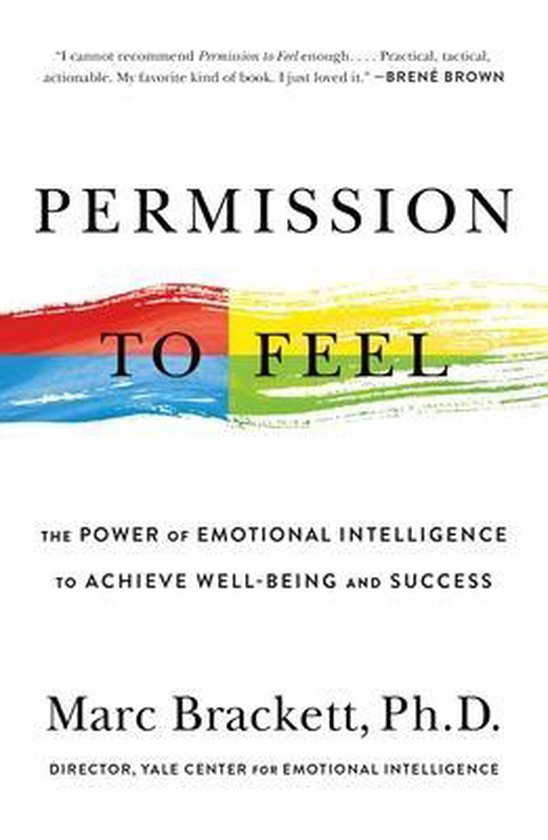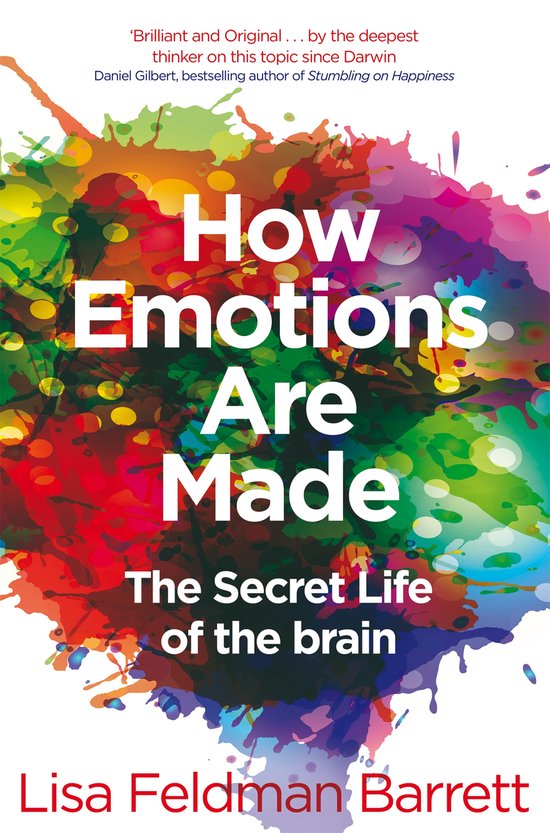
The Practice of Embodying Emotions
A grand accomplishment. Dr. Peter Levine, developer of Somatic Experiencing® and author of Waking the Tiger and In an Unspoken Voice
A body-based, science-backed method for regulating behavior, thoughts, and feelings and improving well-being--shown to shorten therapy time and improve emotional outcomes.
In the first book on Integral Somatic Psychology™ (ISP), clinical psychologist Dr. Raja Selvam offers a new, complementary approach for building more capacity to tolerate emotions using the body--especially emotions that are difficult or unpleasant.
The ISP model shows readers how to expand and regulate emotional experiences in the body to improve different therapeutic outcomes--cognitive, emotional, behavioral, physical, energetic, relational, and even spiritual--in life and in all types of therapies, including other body psychotherapy and somatic psychology approaches. You will learn the physiology of emotions in the brain and body and how to:
Access different types of emotions quickly Facilitate embodiment and regulation of feelings Process and heal different traumas and attachment wounds
A go-to guide for emotional integration, The Practice of Embodying Emotions is of value in the treatment of a wide range of clinical problems involving difficult emotions--from ordinary life events to psychosomatic or psychophysiological disorders, developmental trauma, prenatal and perinatal trauma, attachment disorders, borderline personality disorder, complex PTSD, collective trauma, and intergenerational trauma--and in improving outcomes and shortening treatment time in different therapies including psychoanalysis, Jungian psychology, and CBT (Cognitive Behavioral Therapy).
A body-based, science-backed method for regulating behavior, thoughts, and feelings and improving well-being--shown to shorten therapy time and improve emotional outcomes.
In the first book on Integral Somatic Psychology™ (ISP), clinical psychologist Dr. Raja Selvam offers a new, complementary approach for building more capacity to tolerate emotions using the body--especially emotions that are difficult or unpleasant.
The ISP model shows readers how to expand and regulate emotional experiences in the body to improve different therapeutic outcomes--cognitive, emotional, behavioral, physical, energetic, relational, and even spiritual--in life and in all types of therapies, including other body psychotherapy and somatic psychology approaches. You will learn the physiology of emotions in the brain and body and how to:
A go-to guide for emotional integration, The Practice of Embodying Emotions is of value in the treatment of a wide range of clinical problems involving difficult emotions--from ordinary life events to psychosomatic or psychophysiological disorders, developmental trauma, prenatal and perinatal trauma, attachment disorders, borderline personality disorder, complex PTSD, collective trauma, and intergenerational trauma--and in improving outcomes and shortening treatment time in different therapies including psychoanalysis, Jungian psychology, and CBT (Cognitive Behavioral Therapy).
| Auteur | | Raja Selvam |
| Taal | | Engels |
| Type | | Paperback |
| Categorie | |





